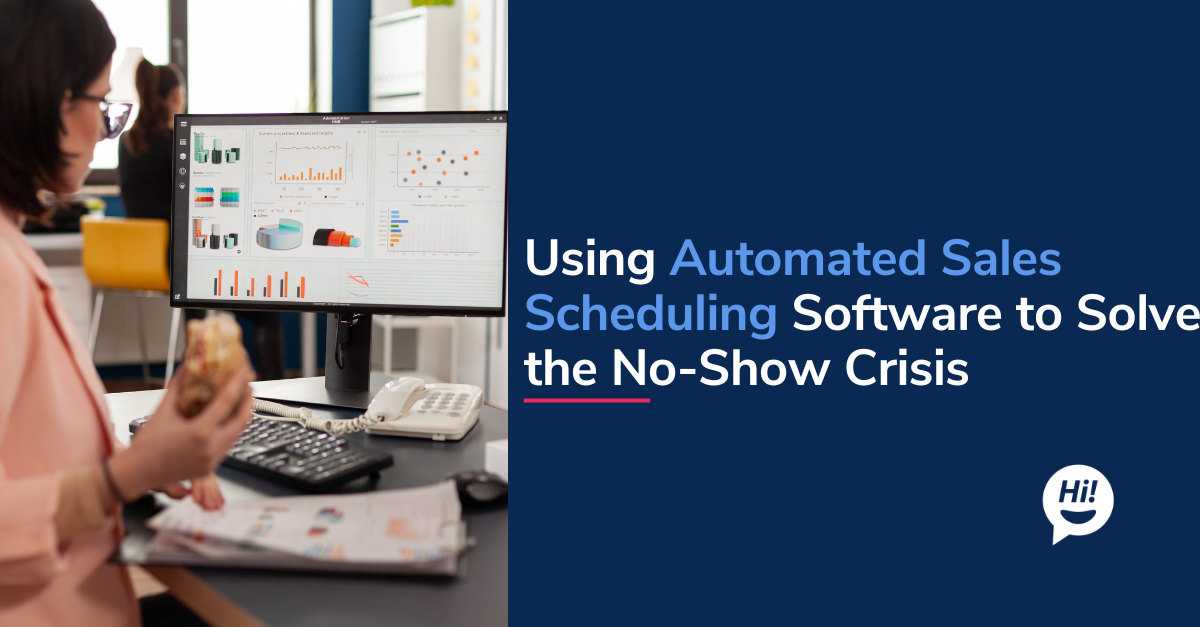With the number of available channels rapidly increasing, terms like 'multichannel' and 'omnichannel' can be confusing. You may be interested in trying an omnichannel approach but are unsure about the benefits it provides for a customer-oriented company. Below, we explore the differences between both approaches and which one may be right for you and your business.
Multichannel Approach
The multichannel approach refers to businesses building their presence on the channels that customers are more likely to interact with. For instance, an automobile company’s target audience might interact over social media channels and websites more than other channels. This means the company's goal is to build its maximum presence on those channels specifically. Companies using this approach don't necessarily focus on providing a seamless experience across all channels. This might lead to poor customer satisfaction as they are required to go through a longer and more redundant process to get the information they need.

Omnichannel Approach
On the other hand, omnichannel focuses on building consistent customer experience in the channels where they are most likely to interact. The idea is to connect customers' touchpoints and make the information flow more accessible. Customers would ultimately have a richer experience when using the company’s products/services.
The key difference between an omnichannel and multichannel approach is the way that they’re integrated. Even though both use the same channels to communicate with customers, their focuses are different. Multichannel does not integrate channels and thus effectively has many separate channels, whereas an omnichannel approach focuses on integrating each channel and increasing customer involvement. For instance, in the same automobile company, a customer might inquire over Facebook about the price of a particular car. Next time, they might want to use the company's website to learn more about the car's model. If the company used a multichannel approach, the customer would have to restart the conversation each time they engaged with the dealership, which might become frustrating. However, from an omnichannel perspective, conversations over the website could continue from the Facebook channel because they’re integrated. Customers would then have a seamless experience while conversing with the company, regardless of the digital channel or the time of day.
Conclusion
Clearly, multichannel is not the same as omnichannel. If customer experience and retention is at the core of one’s business strategy, omnichannel is the right approach. At Botsplash, we provide businesses with integrated solutions to retain customers and have asynchronous conversations across multiple channels. Botsplash is a true omnichannel platform designed to keep conversations in one place and help you be where your customers are.
If you're interested in learning more about how an omnichannel platform such as Botsplash can help your company, reach out to us!
To learn more about Botsplash click the button below to schedule a demo with our team.





.png)


